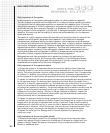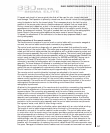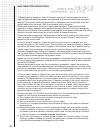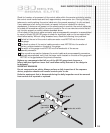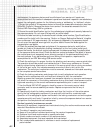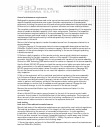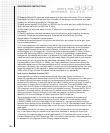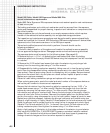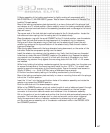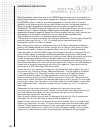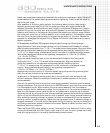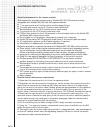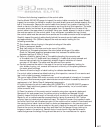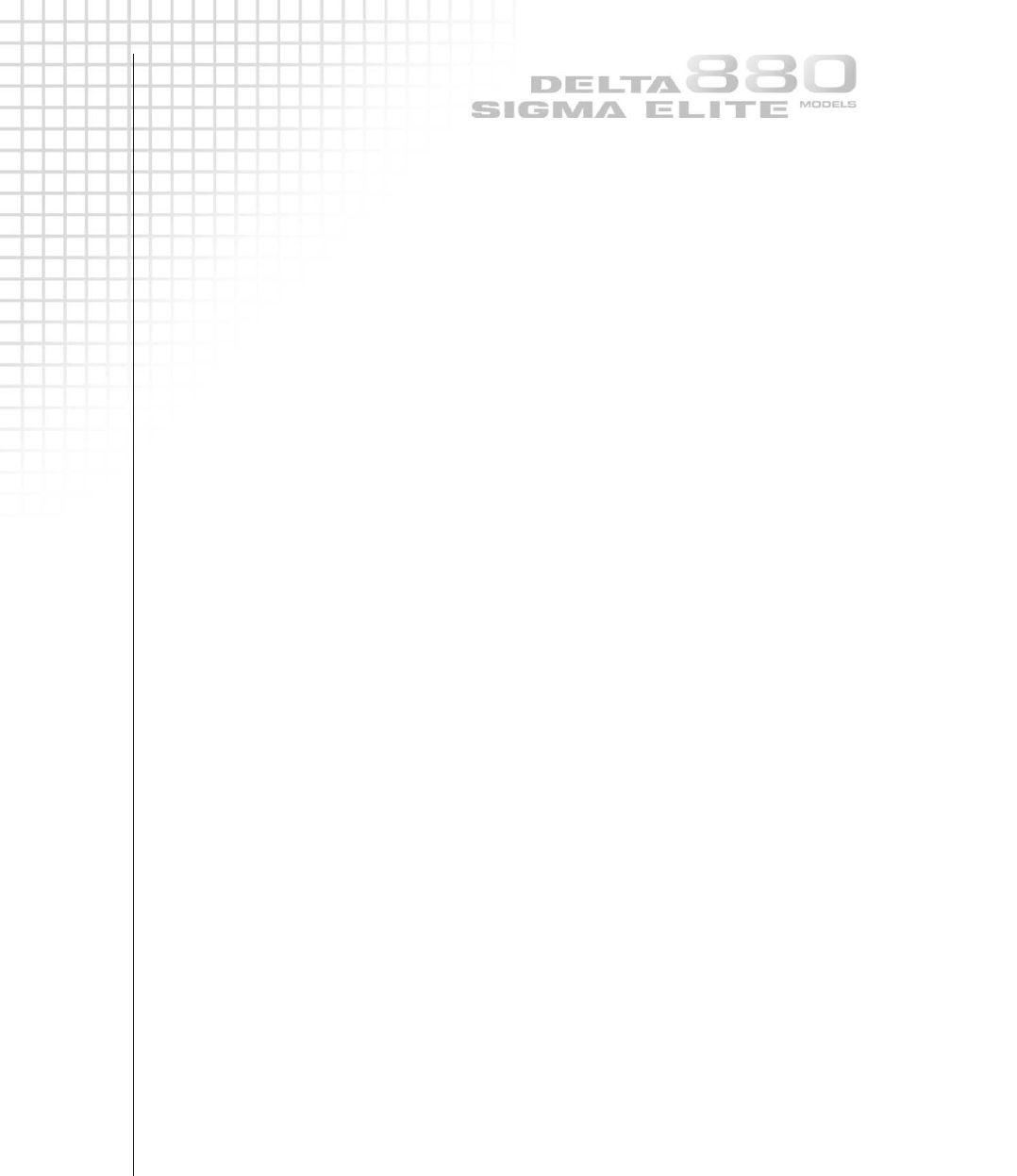
MAINTENANCE INSTRUCTIONS
4.4
2 Prepare a Model 518 wipe test swab according to the instruction sheet. Fill in all required
information for the on the leak test form. Omission of the isotope, source model and serial
number, etc. will delay processing of the wipe test.
3 Install service bayonet fitting (part no. 88049) into the outlet port and rotate the cover to
allow the wipe test wand to enter the ‘S’ tube.
4 Fully insert the wipe test wand into the ‘S’ tube and move back and forth to obtain
the sample.
5 Carefully withdraw the wipe test swab from the outlet port while observing the survey
instrument. Withdraw the plastic bag over the wipe test wand without touching.
Always assume the sample is contaminated.
6 Remove the service bayonet fitting from the outlet port and rotate the outlet port cover
into the closed position.
7 In a low background (no radiation) area, switch the survey meter to the lowest scale and
obtain a background measurement. Leaving the survey meter stationary, move the plastic
wrapped swab towards the survey meter's detector to determine if a gross quantity of
contamination is on the wipe test. If the survey meter measures greater 0.1mR/hr (1µSv/hr),
contact AEA Technology QSA for instructions. If there is no measurable increase above
background, the sample may be sent to a laboratory for radio-assay. The laboratory will send
a leak test certificate after performing the radio-assay. Retain this certificate in your records.
In the event you are informed by the radio-assay laboratory that your leak test results
indicate greater than 0.005µCi (>185Bq), you must immediately remove from service the
radioactive sealed source, the exposure device and all remote controls, source guide tubes,
collimators, lab stands, etc. that were used in conjunction with that sealed source. You must
cause the equipment to be repaired or decontaminated and notify the regulatory agency
(USA) within 5 days. Contact the sealed source manufacturer for assistance.
Leak test for depleted Uranium (DU)
Some regulatory jurisdictions require periodic leak tests every twelve months of all
projection-type exposure devices that utilize DU for shielding. The purpose of the leak test is
to detect the long-term wear through of the device's source tube that may consequently
expose the DU shielding. A wipe-test wand that is both flexible and long enough to reach a
bend radius or a wear point is required to perform a leak test. The wand enables direct
contact with the DU where the device's source tube has worn through. A direct wipe of the
DU is required due to the low specific activity of depleted uranium. The wipe test for DU is
obtained in the same fashion as a leak test of a sealed source utilizing the same radiation
safety procedures. Straight-through source tube may require transferring the source
assembly into a source changer to safely accomplish the DU wipe test.
The analysis performed on the wipe test must be capable of detecting the presence of
0.005µCi (185Bq) of radioactive material on the test sample. If the test sample reveals
0.005µCi (185Bq) or more of removable DU contamination, the exposure device must be
removed from service until an evaluation of the wear on the ‘S’ tube has been made. Should
the evaluation reveal that the source tube is worn through, the exposure device may not be
used again.
DU shielded devices do not have to be tested for DU contamination while in storage and
not in use. Before using or transferring a device that has been in storage for more than
12 months, the exposure device must be leak tested for DU contamination prior to use or
transfer. Please contact AEA Technology QSA if you require leak test kits, radio-assay services
or assistance in the disposal of worn through exposure devices.




